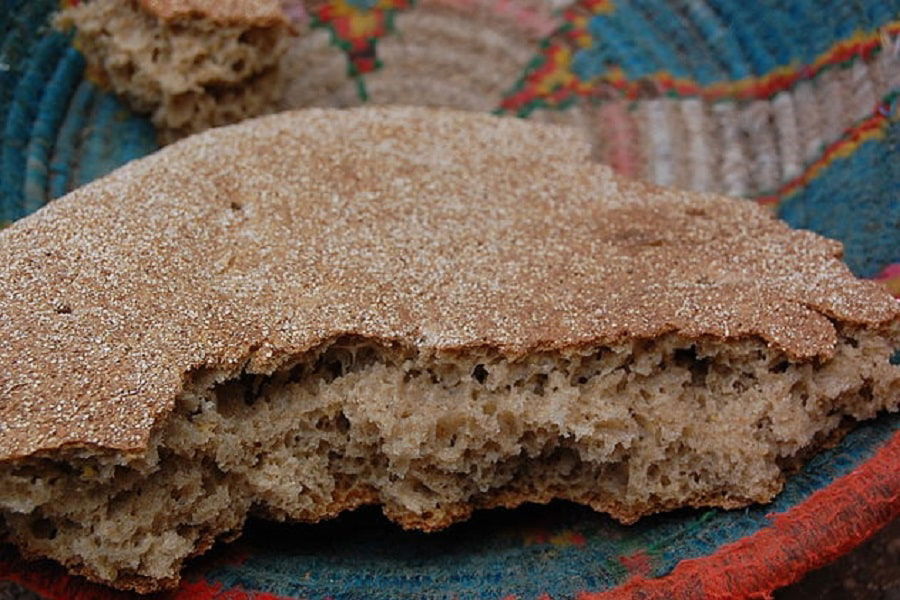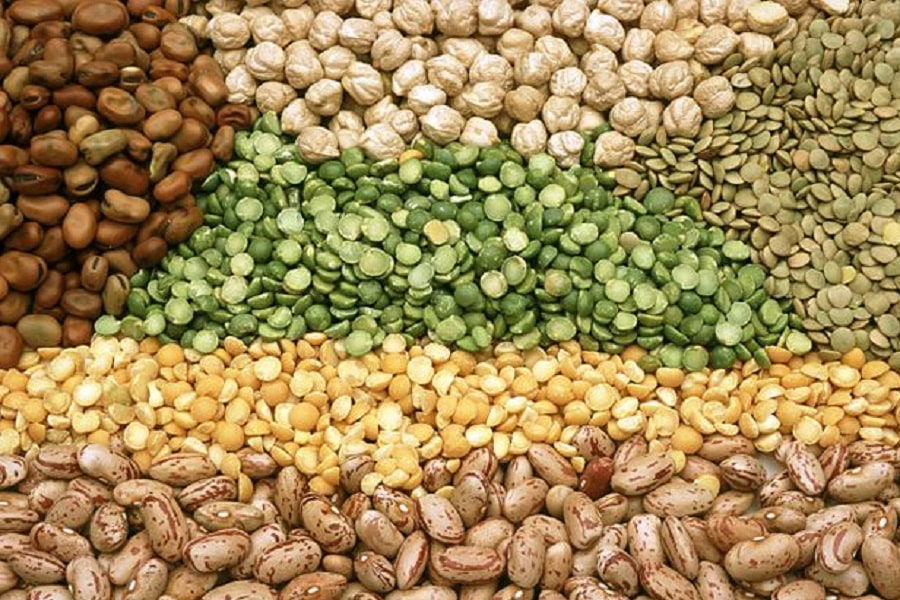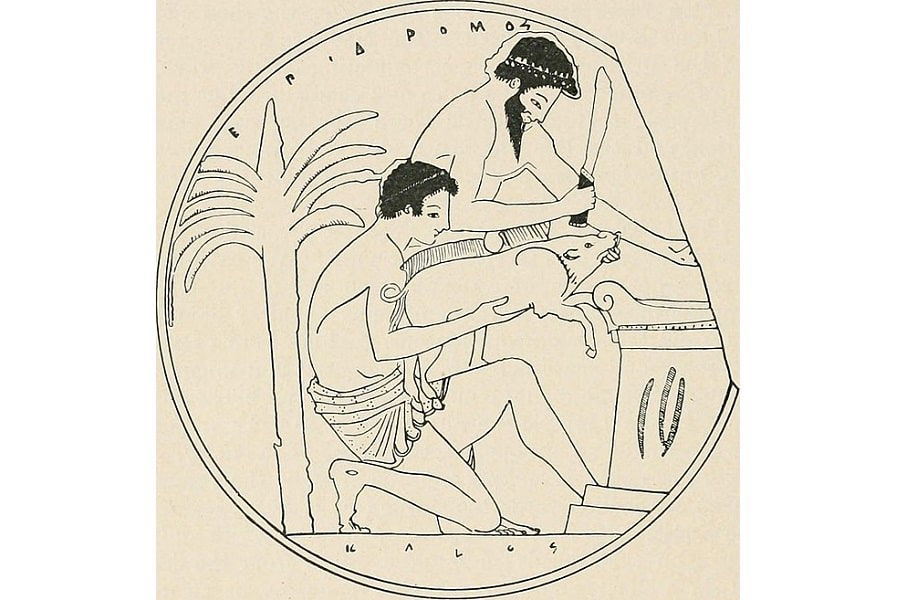It might be surprising for us to learn that the ancient Greeks ate a lot of the same dishes that modern people in the Mediterranean do. Bread, fish and seafood, cheese, olives, and wine were a part of their regular diet. Perhaps they could not cook the exact dishes they do now and could not season them in the same way because they did not have access to potatoes, tomatoes, bell peppers, rice, or lemons, but the basics of ancient Greek food have remained unchanged over the centuries.
Table of Contents
What Was Ancient Greek Food? What Did the Ancient Greeks Eat?

The people of ancient Greece did not usually eat very big meals. Agriculture and animal rearing were both difficult to practice in the island states. Thus, they had to be quite frugal. Although they ate three meals a day, their meals were much smaller than the ones we are now used to. They were also surprisingly balanced. They actually had a diverse range of ingredients. Feasting and festivals were the norm among the wealthier classes, who celebrated events with elaborate meals.
The Greeks of ancient times used a lot of grains, olives, and grapes – the Mediterranean triad – in their cooking. But they also consumed proteins like legumes, fish, meat, and dairy. Vegetables and fruits of various kinds were also a part of their regular diet. We know of the eating habits of the ancient Greeks largely from old texts, artistic depictions on jars and vases, and archaeological evidence.
Grains and Cereals
Cereals were a staple in ancient Greece. Like most of Europe, they were big fans of bread. Wheat and barley were the common grains grown by the ancient Greeks. They ground down the cereals and used them to make thin gruels, bread, and cakes. They also made semolina bread.
READ MORE: Who Invented Cereal? History of the Popular Breakfast
Cakes were used for both secular occasions and religious festivals and several Greek poems go into some detail about these cakes, which were mostly sweetened with honey and served with fresh or dried fruit.
Barley bread was a staple eaten for breakfast, sometimes with wine to accompany it. The Greeks were not shy about starting their day with alcoholic beverages.
READ MORE: The Birth of Booze: Who Invented Alcohol and How It Shaped History?

Vegetables and Fruits
While potatoes had definitely not come over to Europe from the Americas yet, some root vegetables like carrots, radishes, and turnips were commonly used. Leafy green vegetables like romaine lettuce, arugula, cabbage, and cress were eaten in salad form with seasonings. Other common vegetables were garlic, leeks, celery, fennel, asparagus, artichokes, and artichoke thistles. These were used to add flavor to cooking. Squash and cucumber were also eaten.
Vegetables could be expensive, especially in the cities. Thus, the poor people in the cities often had to make do with dried vegetables instead of fresh ones. They also commonly ate oak acorns. Soups and stews made with vegetables were common fares since they were easy to make and could feed larger numbers.
Other methods of cooking vegetables were boiling and mashing them or seasoning them with olive oil, herbs, vinegar, or a fish sauce called garon. Olives were usually eaten as appetizers. The standard fare for soldiers was some garlic and onions with cheese.
Fresh fruit and dried fruit were both eaten as desserts. Figs, pomegranates, grapes, and raisins were some of the fruits eaten in ancient Greece. They were often accompanied by roasted chestnuts, beechnuts, or chickpeas.

Legumes
Legumes such as broad beans, chickpeas, lentils, and peas were an important part of the diet of the ancient Greeks. They are easy to grow and have been harvested in the region since prehistoric times. The people of ancient Greece knew about the ability of legumes to provide nutrients and replenish exhausted soil and thus grew them for this purpose.
READ MORE: Prehistory: Paleolithic, Mesolithic, Neolithic Periods, and More
Legumes such as peas and beans have not only been found in archaeological sites but are also extensively mentioned in classical texts. Hercules was said to be particularly fond of bean mash, made with fava beans. Lentils were used in soups and stews, to provide body to the dish. Broad beans were even used in desserts by the ancient Greeks, mixed in with figs.

Seafood and Fish
The ancient Greek diet used fish and seafood extensively. Residing on a Greek island meant ready access to fresh fish, like sardines, tuna, sea bass, sea bream, eels, swordfish, and anchovies. Seafood like prawns, squid, octopus, and crayfish were commonly eaten on all the Greek islands.
The wealthy Greeks would have seafood transported inland to them. The lakes also contained a variety of saltwater fish. The citizens of big cities like Athens at times ate fresh fish, but more often they consumed pickled or salted fish. Sprats, a small and oily kind of fish, was the cheapest and most readily available fish in those times.
READ MORE: Who Invented Pickle? Story of the Tangy Ingredient

Meat and Dairy
The ancient Greeks often ate poultry. A much wider variety was available to them than what we regularly eat today. This included pigeons, pheasants, mallards, doves, quails, and moorhen along with other kinds of common birds that we do not hunt anymore. Greek cuisine also made use of eggs and dairy products like milk, butter, cheese, and yogurt.
Other kinds of meat were less common than poultry. The poorer peasants could only afford to keep chickens and ducks. The wealthy kept pigs, cattle, sheep, and goats. But it seems that in many cases this was for purposes other than meat consumption.
Aside from pork, meat was extremely expensive in cities. Pork sausages, however, were readily available to rich and poor alike. They did eat beef but they rarely ate goat meat. Mentions of meat at feasts, other than the rare pig, were extremely uncommon in the ancient texts.

Spices and Seasoning
The first mention of spices we find in any Greek writing is Sappho’s account of the marriage of Hector and Andromache. She mentions cassia. The ancient Greeks differentiated between cassia and Ceylon (now known as Sri Lanka) cinnamon, which means they must have known both. They also used two different kinds of pepper – black pepper and long pepper – which they were introduced to after Alexander’s conquest of India.
READ MORE: How Did Alexander the Great Die: Illness or Not?
Olive oil was an extremely important part of ancient Greek cuisine. They used olive oil to cook, pickle, as garnishing, and as dip. In Athens, olive oil could always be found on the dining table. This is because the ancient Greeks believed that Athena had gifted olive oil to humans. Some other important herbs used for flavoring were cumin, coriander, dill, fennel, anise, rue, celery, and celery seed.
Drinks
Finally, the ancient Greek diet was absolutely incomplete without their drinks. Water and wine were the drinks that were widely consumed throughout the islands. The Greeks also knew of beer, since it had been developed in ancient Egypt in 5000 BCE. However, beer and honeyed mead were reserved for festivals and were not everyday fare.

The Three Meals
How many meals did the ancient Greeks eat? Just like us, the ancient Greeks also ate three meals in a day. ‘Acratisma’ was the early meal, ‘arison’ was the midday meal, and ‘deipnon’ was the evening meal.
Men and women took their meals separately. In a small house, without much room, the men would eat first and the women later. The ancient Greeks were waited on by slaves. But in the case of the poor, who did not have slaves, men were waited on by their wives or children. The man was always given primary importance since he was considered the main breadwinner.
The ancient Greek breakfast was a frugal meal of barley bread dipped in wine, at times accompanied by figs and olives. Sometimes, they ate pancakes called ‘tagenites,’ which means ‘fried.’ These were made with wheat flour, olive oil, curdled milk, and honey. Another kind of pancake called ‘staititas’ were sometimes eaten with toppings of cheese, honey, and sesame seeds.
They also had a breakfast drink that was called ‘kykeonas’ and was believed to have medicinal properties. This was made of boiled barley and flavored with thyme or mint.
A light lunch was usually taken around noon. It usually consisted of fresh fish and legumes of some kind. The bread was part of their staple diet and always accompanied the midday meal, along with eggs, cheese, nuts, fruits, and olives.
The ancient Greeks considered the evening meal the most important meal of the day. It was generally taken at nightfall after the day’s work was over. It was a large congregational meal with many people gathered together. The Greeks generally ate quite heavily during this meal. Drinking wine as a part of this important meal was an everyday occurrence.
The evening meal was often a Mezze-style meal with a large assortment of dishes laid out. People usually selected their preferences from what was given. Dinner was also normally accompanied by desserts. The ancestors of ‘baklava’ were created in those days – ‘plakous’ and ‘kortoplakous.’ They were also quite similar to the Roman ‘placenta cake.’ These desserts were made of thin sheets of pastry dough, nuts, and honey.